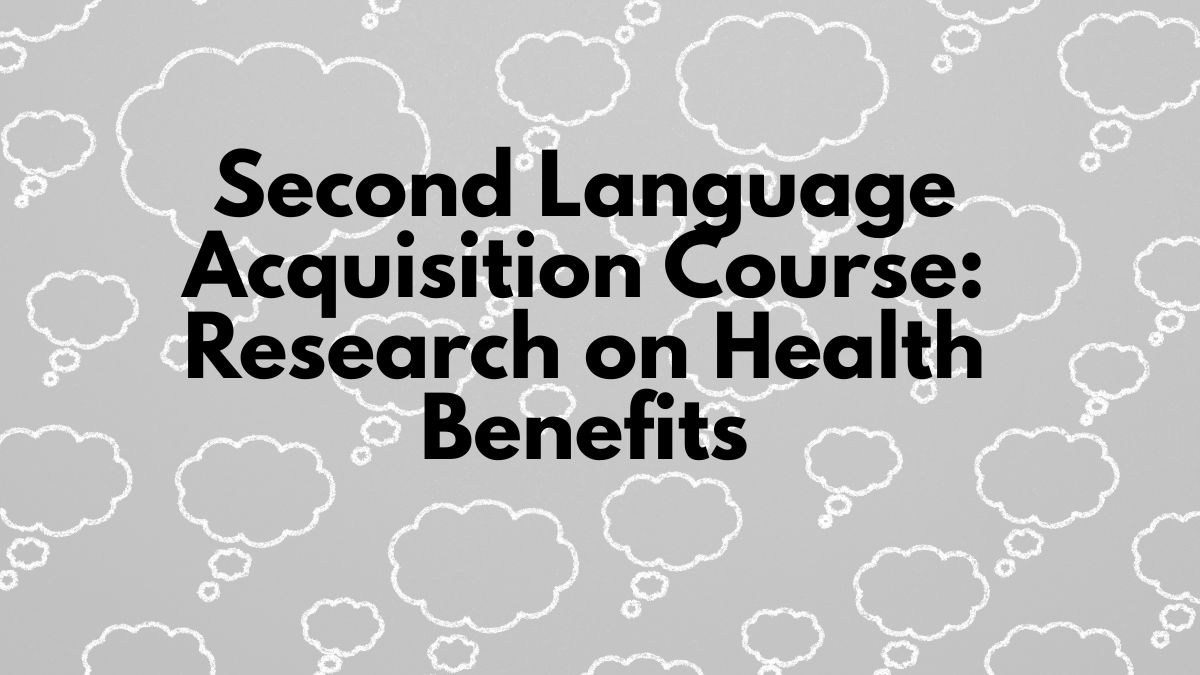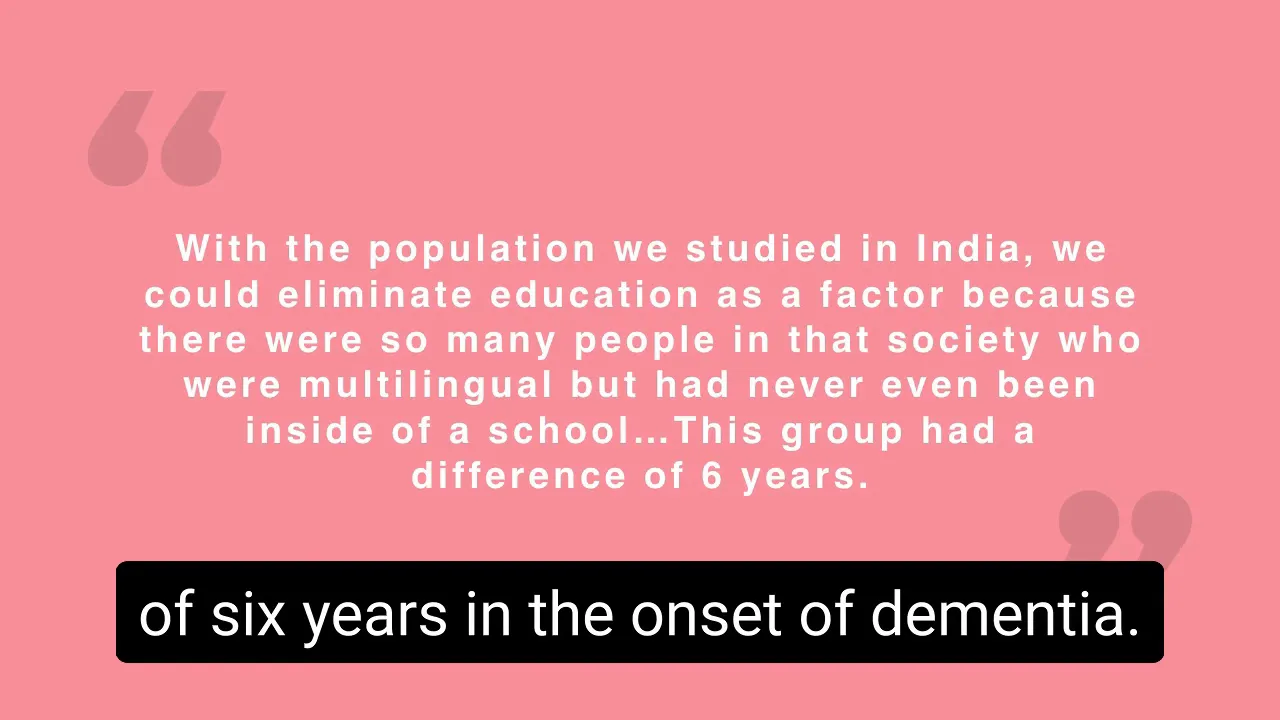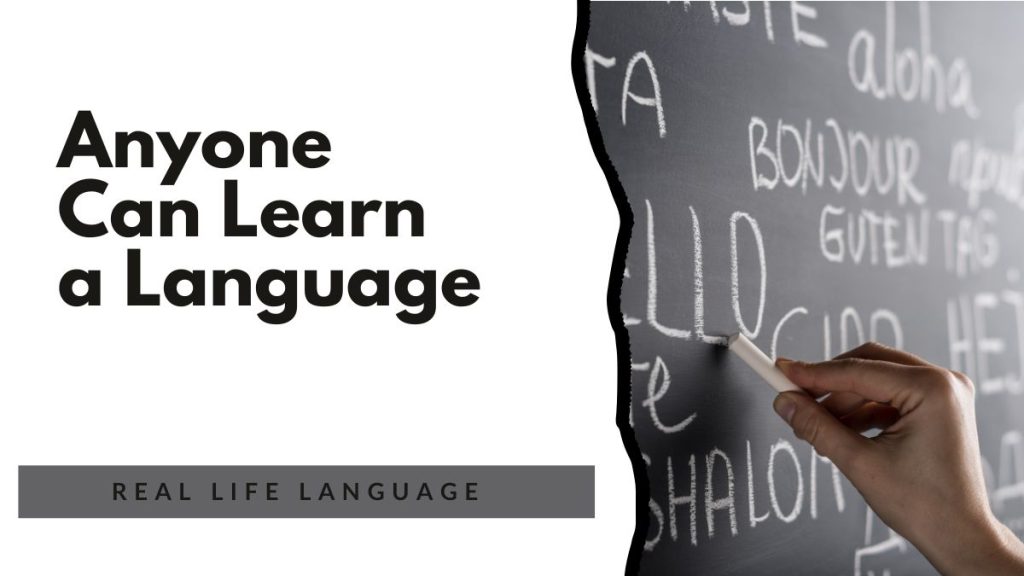
In this post I share what I learned interviewing Dr Thomas Bak about how language learning improves health. In this second language acquisition course, see the research on health benefits can inform your study plan. This article summarises the key findings, practical advice and simple routines you can start today.

Why learning languages is a cognitive workout
Learning another language does more than open doors to new people and cultures — it exercises executive function, boosts attention, improves short-term memory and helps with problem solving. Research discussed in this article shows that multilingual experience strengthens the brain’s ability to switch between tasks and control attention. That’s precisely why the research discussed in this second language acquisition course and the research on health benefits is now of interest not only to linguists, but also to neurologists and gerontologists.

Who counts as bilingual or multilingual?
Dr Bak prefers the term “multilingualism” because it’s inclusive. We often imagine strict categories — immigrants learning a new language, children raised bilingually, or adults who speak two languages perfectly. But multilingualism also includes people who acquire several languages to varying levels of skill over a lifetime. You don’t have to be a native-level speaker to gain cognitive benefits.
What the research actually says
One influential 2007 paper found bilinguals developed dementia four to five years later than monolinguals. Critics asked whether education or immigration were responsible. To address that, Dr Bak and his colleague studied a highly multilingual population in Hyderabad, India, where multilingualism spans centuries and education levels vary widely. Because people in Hyderabad commonly grow up speaking multiple languages regardless of formal education, their study could rule out education and immigration as confounding factors. The difference in onset of dementia in that population was about six years.

Types of dementia that show benefit
- Alzheimer’s disease
- Vascular dementia (often related to stroke)
- Frontotemporal dementia
Across these types, multilingual experience was associated with a measurable delay in clinical onset — a powerful finding when compared with drug treatments that typically delay symptoms by only months.
Does language learning change the brain’s structure?
There’s been debate about whether new language learning increases grey matter. Dr Bak points out that what’s crucial is connectivity: how different brain regions communicate. Intensive language learning can change brain networks, improving their resilience. The Swedish military study of recruits who underwent a three-month intensive language course found brain differences at the network level, supporting the idea that languages strengthen neural connections.

Is it ever too late to start?
“The older you are the more relevant it is.” — Dr Thomas Bak
Good news: it’s never too late. The cognitive exercise of learning a new language is especially relevant for older adults. Think of language study as mental fitness rather than perfection or mastery. Even modest, regular engagement can be protective.
How much time should you invest?
What’s the ideal “dose” of language learning? Based on teaching experience and Dr Bak’s advice, aim for a sustainable, regular routine. In any second language acquisition course and the research on health benefits highlights regular exposure rather than marathon sessions.

Practical recommendations:
- A minimum of around four hours per week is suggested; five hours is a realistic, effective target.
- Break those five hours into shorter sessions — 30 to 40 minutes each — to avoid mental exhaustion.
- Daily or near-daily exposure is more beneficial than a single long session once a week.
- As your proficiency grows, gradually increase session length and immersion time.
Putting research into practice: real-world projects
Translational projects are already testing languages as therapy. Lingo Flamingo, for example, teaches foreign languages in care-home settings as a mental exercise for older adults. One founder, Robbie, combined his language teaching background with Dr Bak’s research to start practical interventions that aim to treat — not just prevent — cognitive decline.
Actionable routine to start this week
- Commit to five hours over the week. Block 30–40 minute sessions in your calendar.
- Mix activities: short lessons, listening to videos, conversation practice, and light reading.
- Combine learning with routine tasks (commute, errands, exercise) to make it sustainable.
- Plan in five-week cycles: one cycle focused on grammar practice, the next on media and listening.
- Increase session length only when you can comfortably recall phrases and form sentences.
Conclusion
If you’re planning to do or teach a second language acquisition course and have found the research on health benefits interesting or simply want a healthier brain, start small and stay consistent. Multilingualism is inclusive — you don’t need native-level fluency to gain cognitive protection. Aim for regular, enjoyable practice (around five hours a week broken into short sessions), and consider the mental-exercise value of languages as much as their communicative use. The research is clear: languages are good for the brain — and the best time to start is now.
5 Weeks of No and Low Prep Fun
Need quick, engaging activities for your class? This free guide includes 25 no-prep and low-prep ideas to save time while keeping students excited about learning.
Download your free copy now.

